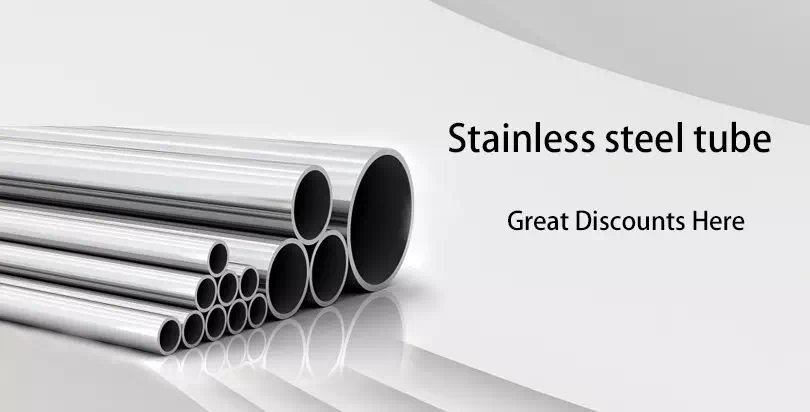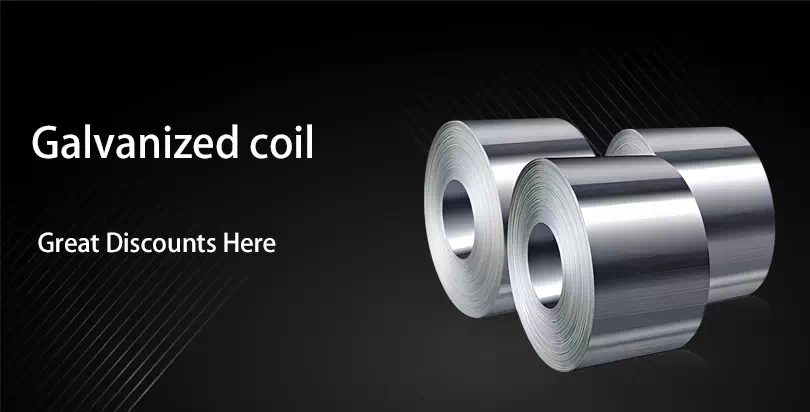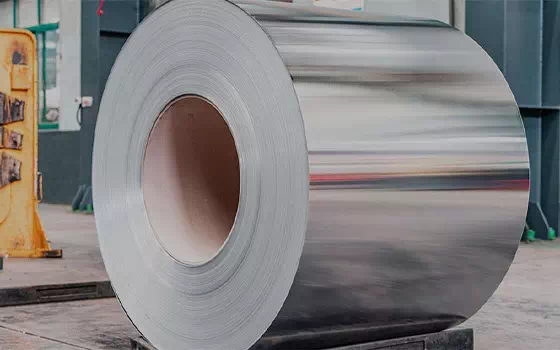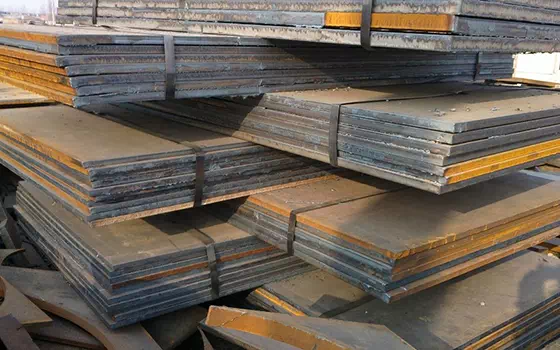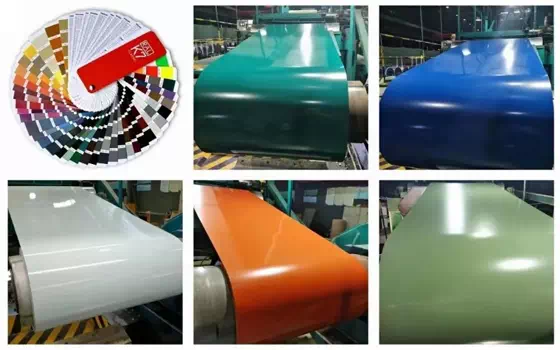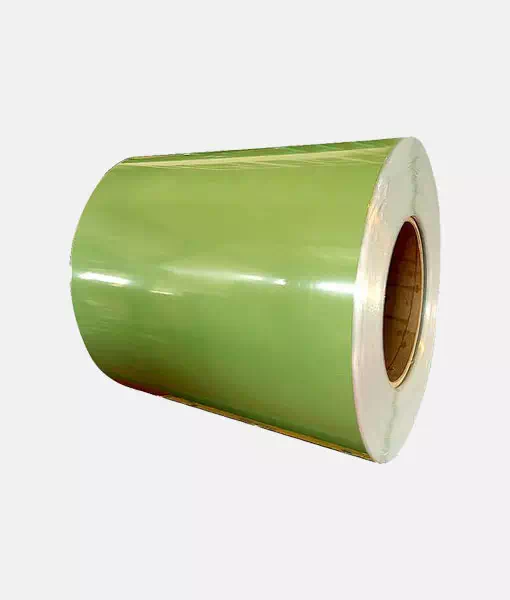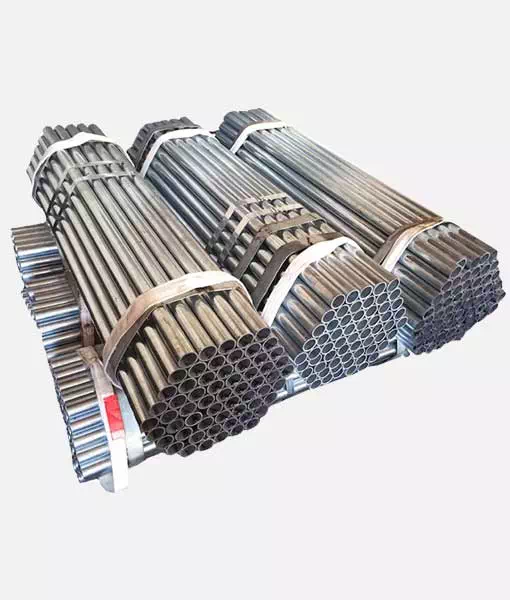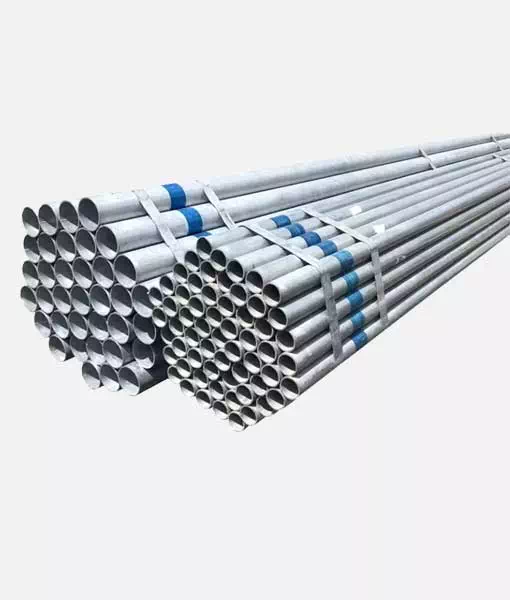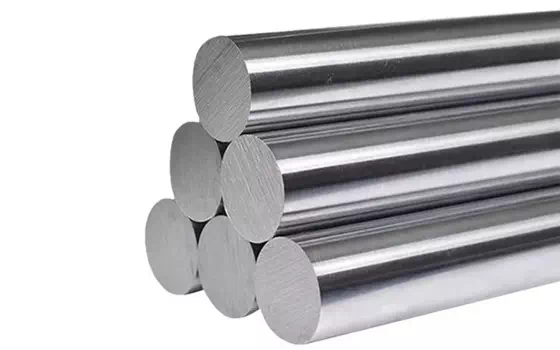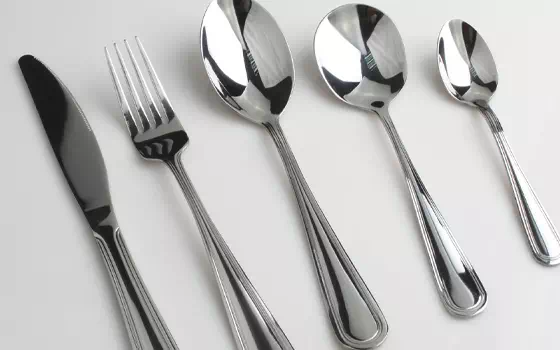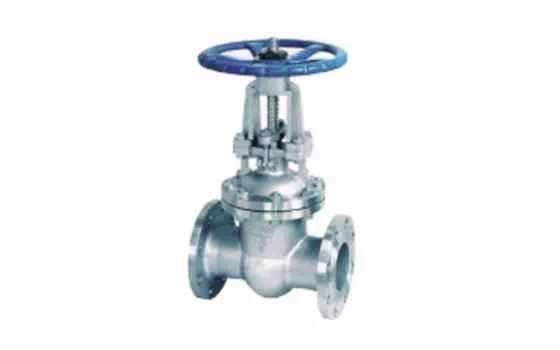Galvanized steel is a specially treated steel whose main purpose is to improve the corrosion resistance of the material and thus extend its service life.
Galvanized steel is a specially treated steel whose main purpose is to improve the corrosion resistance of the material and thus extend its service life. This treatment process involves dipping ordinary carbon building steel into zinc liquid and forming a protective layer of zinc on the surface of the steel by means of galvanizing. This zinc coating effectively prevents the steel from coming into contact with oxygen and moisture in the air, thus significantly slowing the corrosion and rust rate of the steel.
Galvanizing technology is mainly divided into two types: electric galvanizing and hot dip galvanizing. Electrogalvanizing is a method of depositing a zinc layer on the surface of steel by electrolysis, while hot-dip galvanizing is to dip the steel into a molten zinc solution so that the zinc solution adheres to the surface of the steel. Both have their own characteristics, but the common purpose is to improve the corrosion resistance of steel.
In the field of construction, galvanized steel is widely used. It is usually used as a structural material for building external walls, such as the columns and load-bearing structures of glass curtain walls, marble curtain walls and aluminum curtain walls. Galvanized steel in these applications not only needs to withstand the weight of the building, but also withstand various climatic conditions, so having good corrosion resistance is essential.
In addition, galvanized steel is also widely used in outdoor telecommunications towers, highways and other open-air buildings. In these occasions, galvanized steel must not only face the wind and rain, but also resist the erosion brought by extreme weather, therefore, the protective effect of galvanized layer is particularly important.
Hot dip galvanizing is a kind of metal corrosion prevention process, which makes zinc react with iron matrix by dipping iron base material into molten zinc solution. In this process, zinc and iron form a tight alloy layer, which not only effectively prevents further oxidation of the iron matrix, but also ensures a firm bond between the zinc layer and the iron matrix. This treatment method is usually used for the surface treatment of steel to improve its corrosion resistance and service life.
Compared with hot dip galvanizing, cold galvanizing is a different metal coating process. In the cold galvanizing process, the amount of zinc being coated is relatively small, usually between 10 and 50 grams per square meter. Despite the thinner coating, cold galvanizing still provides a degree of protection against corrosion. However, due to the limitations of its coating thickness and density, the corrosion resistance of cold galvanizing is usually not as good as that of hot dip galvanizing. Therefore, when it is necessary to be in a harsh environment or long-term exposure to damp and corrosive substances, hot dip galvanizing is often a more preferred choice.
In general, hot dip galvanizing and cold galvanizing are effective means of metal corrosion protection, but they are suitable for different application scenarios. Because of its excellent corrosion resistance and long service life, hot dip galvanizing is usually used for structural parts and components with high requirements. Cold galvanizing may be more suitable for those occasions where the corrosion resistance requirement is not particularly high, or as a lower cost temporary corrosion protection measure. When selecting the appropriate galvanizing process, it needs to be determined according to the specific application requirements and environmental conditions


